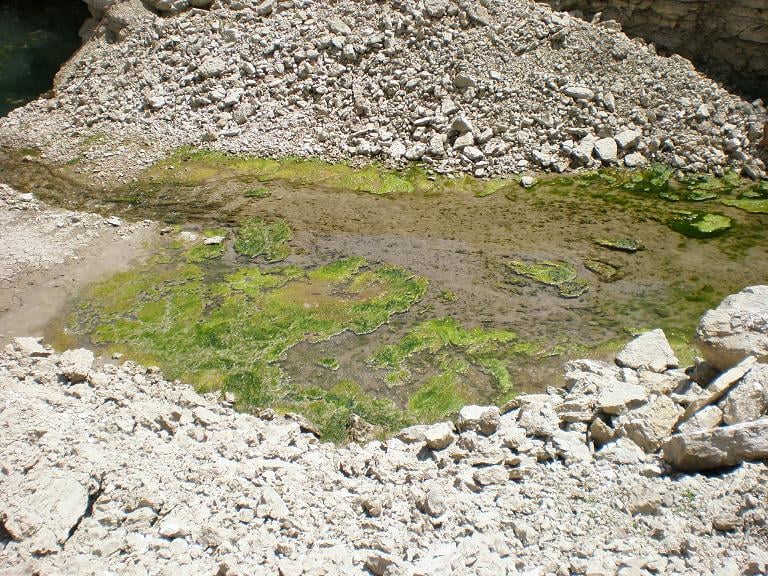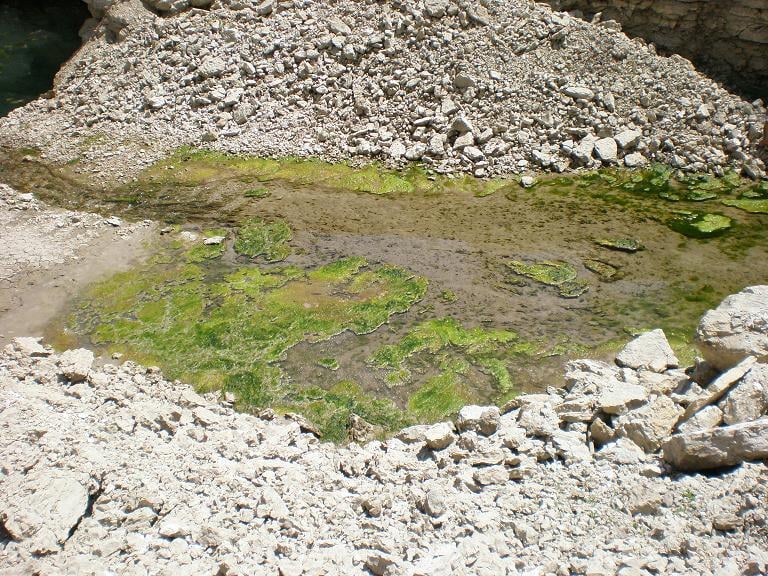Client: “I need a cost estimate today to remediate the site. Just give me a SWAG.”
Consultant: “I’ll have it to you in 15 minutes.”
A variation of this conversation has no doubt occurred many times between parties working together to remediate a piece of property. The back-of-the-envelope calculation, the guesstimate and the scientific wild-ass guess (SWAG) (in order of accuracy) can all make their way into project documents and even “detailed” estimates months later. When first created, these estimates are clearly not meant to be used as fixed price quotes, but the problem is that context can be lost over time and the SWAG can live forever. This article explores the art of early project stage cost estimating.

Service industry providers are often asked to provide a cost estimate to perform a task given limited information. Imagine the following conversation:
Consultant: "During the Phase II assessment, some soil samples and several monitoring wells contained chemicals of concern above a screening level.“
Client: “What will it cost to close the site?”
Consultant: “That depends on some additional delineation of the site.”
Client: “That’s fine, assume a worst-case and prepare an estimate.”
At an early stage of a project, both parties typically understand the limitations of remediation estimates.[1] However, once developed, the context of these estimates can be lost over time through forwarded email chains, altered spreadsheets, and cut and paste text from reports. Therefore, project team members and stakeholders should make sure to document key elements of a remediation cost estimate, including but not limited to:
- The basis of unit costs. Are they from professional judgment (good), past project experience (better), or contractor quotes (best)?
- The degree to which the site is delineated with respect to contaminants of concern (i.e., remediation area and volume).
- The degree to which the site is physically defined (e.g., depth to groundwater, soil types).
- Whether remediation time is a significant driver? Does cleanup need to happen in a few months or is several years OK?
- Regulatory, permitting, engineering, legal and other “soft” costs.
- Long-term operation and maintenance requirements.
The key elements should be clearly and inextricably tied to the dollar estimates via an assumptions page, footnotes, or other means, so that any updates can be logically made using new information, enabling increased accuracy as new information is obtained.
When it comes to remediation, people remember dollars better than words. Therefore, the next time you request or prepare a preliminary estimate, take an extra few minutes to gather your thoughts and document your assumptions so that your SWAG dies a peaceful death.
[1] Many mature projects use more rigorous and documentable cost-estimate guidelines, such as the ASTM Standard Guide for Estimating Monetary Costs and Liabilities for Environmental Matters and USEPA’s Guide to Developing and Documenting Cost Estimates During the Feasibility Study.




